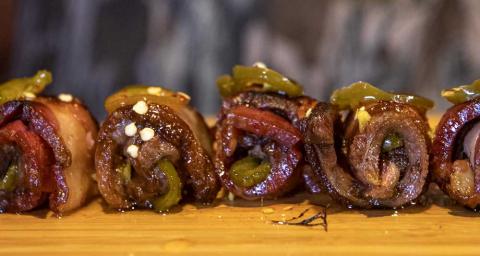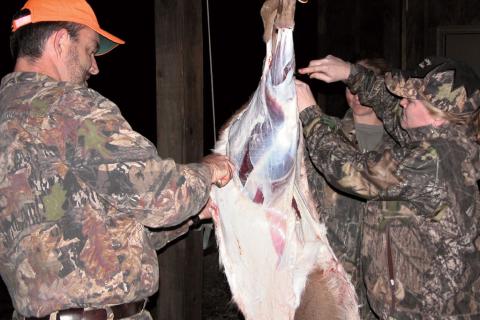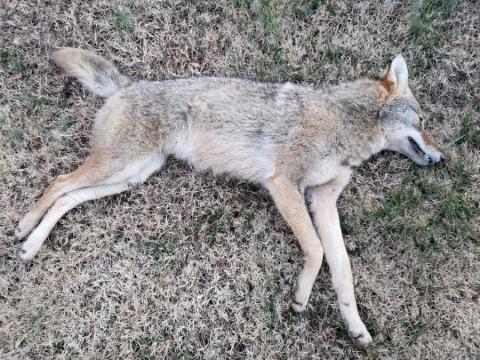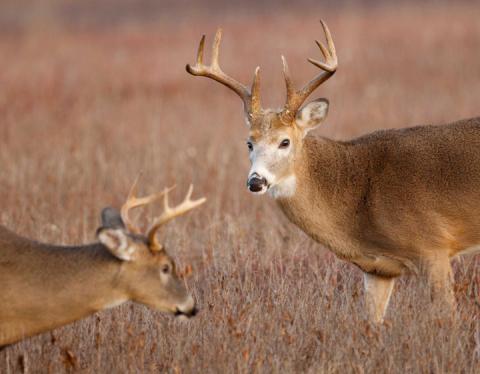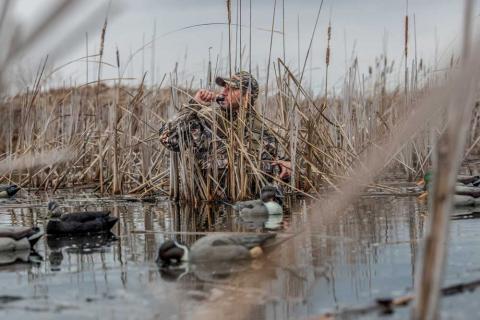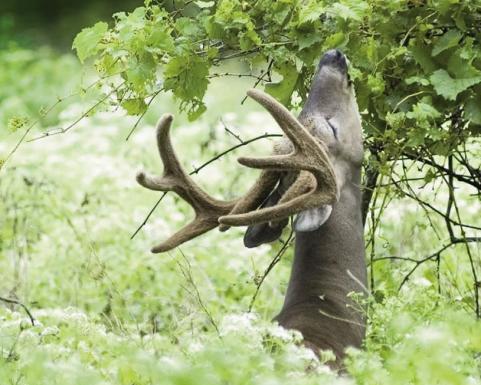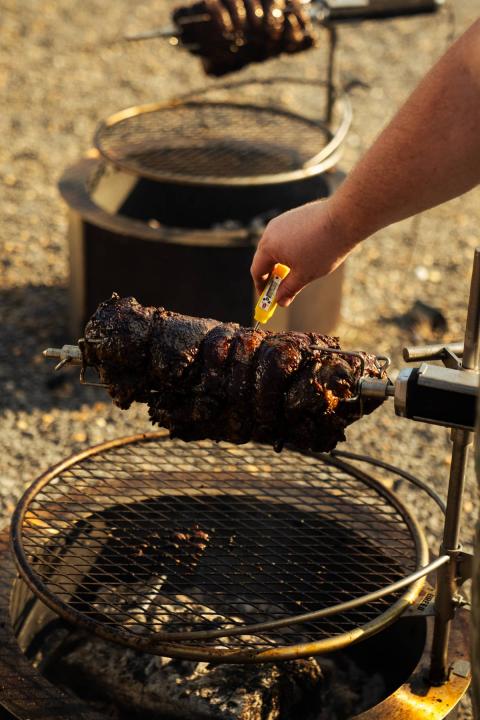Heath Wood
Late-season deer hunting in December and January presents unique challenges and opportunities for hunters seeking the elusive mature buck. As winter sets in, deer behavior undergoes significant changes, and successful hunting requires a deep understanding of their habits and the implementation of strategic tactics. In this article, we will dig into the intricacies of late-season deer hunting, exploring optimal hunting locations and effective strategies to track mature bucks and unravel the behavior of deer during this critical phase of the season.
I recall driving by a patch of a lush green turnip plot planted near a landowner's cabin a few years back. The landowner's family would gather to hunt during Missouri’s firearms season, which typically kept deer pushed out of the food plot. However, this avoided food source quickly reverted into one of the deer's most desired food sources towards the end of the year, when I was the only one left hunting. I still had a buck tag in my pocket during the late muzzleloader season. With high hopes of catching a mature buck who had made it through the primary portion of firearms season a month prior, I hunted a ladder stand that sat within sight of their cabin. What would seem like an undesirable hunting location was now the most active. Approximately thirty minutes before the end of the legal shooting light, I watched several does feed through turnips until finally, a mature eight-pointer entered the far-right corner, giving me a perfect eighty-yard shot, ending my year with a bang.
Late in the season, deer undergo shifts in their behavior driven by changing weather patterns, food availability, and the rut's conclusion. To crack the code of late-season deer hunting, hunters must first comprehend the following behavioral changes.
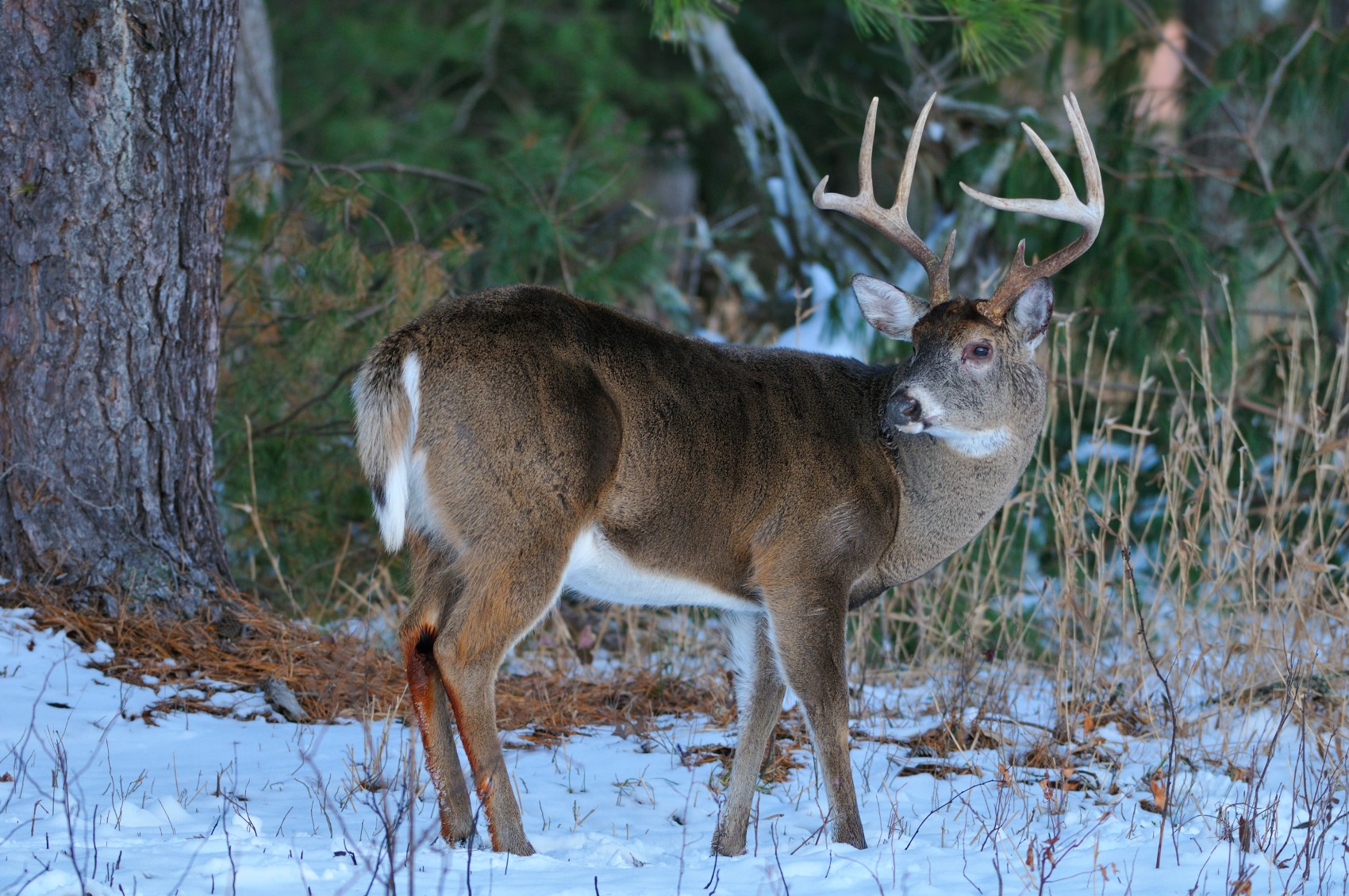
Food Sources and Patterns - During December and January, natural food sources become scarce, pushing deer to focus on agricultural fields, remaining mast, and supplemental food provided by hunters. Understanding the local deer's preferred food sources and patterns is crucial for successful late-season hunting. For example, in my home range of southern Missouri, deer primarily feed on oak acorns throughout the fall. After freezing temperatures have occurred multiple times, acorns often rot or become less desired to deer, forcing them to transition to a different food source such as a late-season food plot blend such as Mossy Oak BioLogic Winter Bulbs that feature late-season brassicas bulbs that provide a robust late food source.
Rut Recovery and Patterns - As the rut concludes, mature bucks enter a recovery phase. They become more cautious, conserving energy and avoiding unnecessary risks. This shift in behavior necessitates adjustments in hunting strategies, focusing on bedding areas and travel corridors that become great locations to intercept a mature buck who limits his daily movements to bed to water or bed to food.
Weather Influences - Harsh winter conditions can significantly impact deer movement. Pay attention to temperature fluctuations, snowfall, and wind patterns, as these factors can dictate where and when deer will be most active. A cold late-season day can be amplified by taking advantage of a warm stationary blind such as the Muddy Outdoors Bull XL Box Blind that is sitting overlooking a primary green food source.
Optimal Late-Season Hunting Locations
Bedding Areas - As part of the rut recovery behavior and colder weather patterns, targeting bedding areas becomes increasingly effective as deer focus on rest and rehabs of their overall health and body. Identify these areas through scouting and setting up stands or blinds, focusing on remaining undetected.
Travel Corridors - Deer tend to follow predictable travel routes between bedding areas and food sources. Set up along these corridors, focusing on terrain features funneling deer movement.
Food Sources - Agricultural fields, particularly those with standing crops or winter cover crops, are magnets for late-season deer. Secure permission to hunt these areas or set up on the periphery to intercept deer on their way to feed.
Transition Zones - Areas between bedding and feeding locations, often referred to as transition zones, can be prime hunting spots during the late season. Identify pinch points and bottlenecks in these zones for increased success.
Strategies to Track Mature Bucks
Trail Cameras - Utilize trail cameras strategically placed near bedding areas, travel corridors, and food sources to monitor mature buck movement. Cellular cameras can be effective during the late season, reducing how long hunters would fight the cold while checking memory cards from traditional-style cameras. This data will help refine hunting strategies and identify high-traffic areas, determining the best times to hunt.
Scouting - Late-season scouting is crucial for understanding deer patterns and identifying fresh signs such as tracks, droppings, and browse. Don’t rely solely on game camera observations; observe the terrain and adjust your strategy based on recent deer activity.
Hunting Midday - Mature bucks, in an effort to conserve energy, may become more active during the midday hours. Consider extending your hunting hours to increase the likelihood of encountering these elusive late-season giants. Midday is also an excellent time to spend in a box blind, allowing hunters to sit for extended periods.
Cracking the code of late-season deer hunting in December and January requires a combination of strategic planning, understanding deer behavior, and adapting to changing environmental conditions. By focusing on optimal hunting locations, tracking mature bucks through trail cameras and scouting, and deciphering the unique behavior of deer during the late season, hunters can save their chances of success before the end of the season. During this challenging but rewarding phase of the hunting season, hunters have one of the best chances of the year to put their tag on a mature buck.















